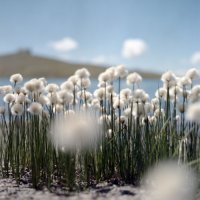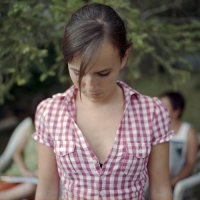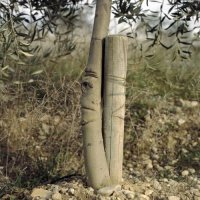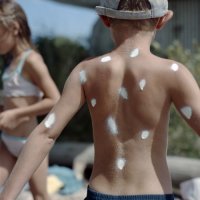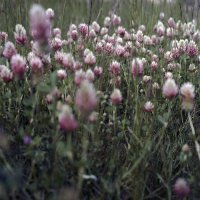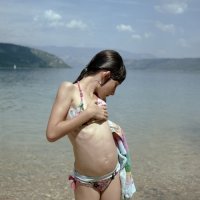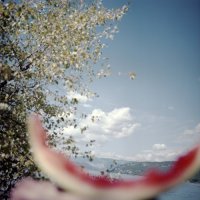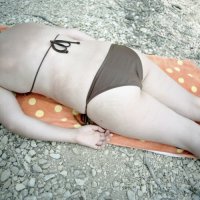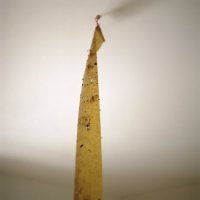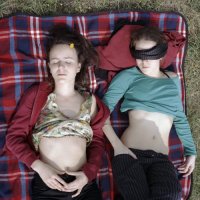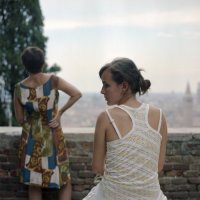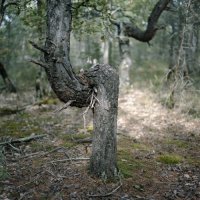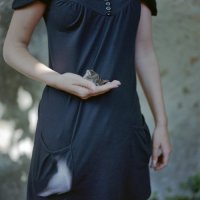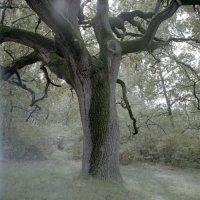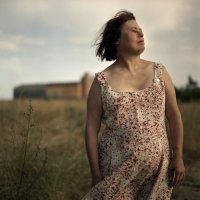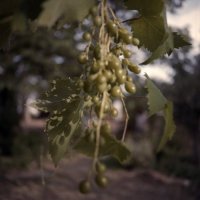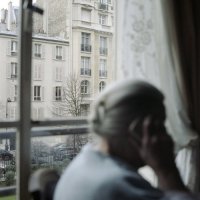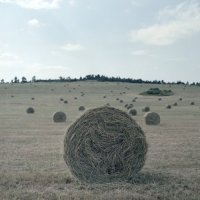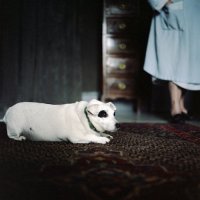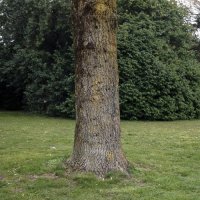PHILIPPE LEROUX
France
Réminescence
Biographie
Born in 1964, Philippe Leroux taught himself about photography by shooting in studio. Later he founded the Aquatre collective. He won several prizes, including the FNAC/NIKON prize for his series “Ma tribu, Mon voisin, Mon monde”. He was Coup de Coeur at Azart Photo for his series “Réminiscence”, and Bourse du Talent Reportage for “Les mains bleues”. Presented twice at Les Boutographies, in 2009 and 2011, he has taken part in several other festivals such as Manifesto (Toulouse), Itinéraires des Photographes Voyageurs (Bordeaux) and the Festival International du Film Documentaire (Nyons).
Présentation
The Reminiscence project currently consists of three parts; parts I, II and III.
The latest being "The Heart of Stone", the third part of the project started in 2007.
Reminiscence is continuously enriched through written and photographic research on my family.
The project is built over time, it occupies a special place attached to the unfolding of family events, a work which is aggregated by a time and an action which is not the only fact of the creation, but more simply, a time which runs and on which I stop when it is possible and not only when I decide it.
The project evolves towards other forms. As a Siamese twin, it transforms itself at the same time as I transform myself, without determining which of the two takes precedence over the process. Each of the three parts of Reminiscence can be seen separately, together too, or in pairs, in a fragmented way.
About Reminiscence part I
The Reminiscence Part I project took shape in 2007 with the production and publication of a unique book presenting a work of writing associated with photographs.
The text is written following the observation of an image without ever documenting its content. It is a question of recounting a memory with all that this implies of failure, of fiction, of a fragmented memory. First of all, a text and an image form a binomial, itself opening on a series of a few images, the whole forming a fragment. Each fragment is autonomous, does not necessarily depend on the others in the sense of a linear and chronological narrative.
The writing is deliberately concise and evocative. Old images taken from the family's photo albums rub shoulders with my images. The whole constitutes in turn another album.
